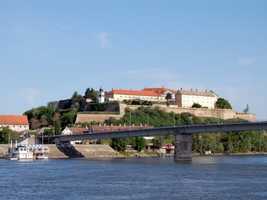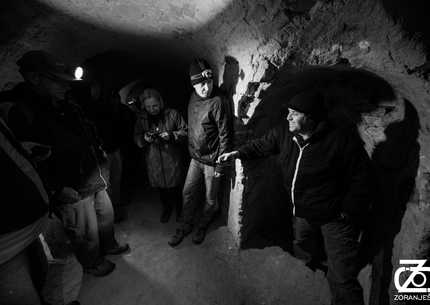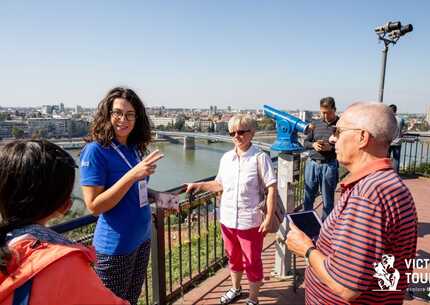
-According to the latest archaeological research, the first and oldest settlement on Petrovaradin was founded by members of the Vinča culture in the period of the Younger Stone Age, between 4500 and 3200 BC, while the first fortification on Petrovaradin was built in the Copper Age (about 5000 years ago). From prehistoric beginnings and throughout its early history, Petrovaradin was part of the powerful Roman Empire, the Kingdom of Hungary, the Ottoman Empire, and the Habsburg Monarchy, and the fortress was built and demolished many times and always had a key military and strategic importance. Numerous legends are associated with the Petrovaradin fortress, the most famous of which is the one according to which there is a secret tunnel under the riverbed that connects the fortress to the left bank of the Danube, and through which, according to legend, the last Austro-Hungarian soldier and his fiancee passed in 1913. Apart from this, there is also a well-known legend according to which the builders of the fortress at the beginning of the 17th century built live cats into the foundations of the new fortification in order to ensure the longevity of the fortress due to the belief that cats have nine lives. The legend about cats is somewhat confirmed by the stone relief of a cat's head found in the ramparts, which is kept today in the City Museum, but also by the story that workers during the reconstruction of the fortress after the Second World War found the mummified remains of cats, which turned to dust when touched. The fortress as we know it today was built for almost 88 years, with longer or shorter interruptions during the reign of the Habsburg Monarchy. The difficult construction conditions caused the death of many workers, as many as 40 to 70 workers per day during the period of the most intensive work. When it was finally completed, it was considered the strongest fortification in the Habsburg Monarchy and this part of Europe and was called Gibraltar on the Danube. It is a unique example of military architecture from that period, given that it is one of the few that has been largely preserved. In the period after the Hungarian revolution, the fortress was used as a large warehouse and prison where many famous people ended up, such as the Nobel laureate Ivo Andrić, Vasa Pelagić, Jaša Tomić, Vladimir Jovanović and others. Today, the fortress is decorated with numerous cultural institutions and recognizable symbols. The fortress houses the main building of the Museum of the City of Novi Sad, the tapestry making facility "Atelje 61", the observatory and planetarium of the Astronomical Society of Novi Sad, as well as the largest informal art colony in the world "Likovni krug". Besides the Underground Military Galleries as the biggest tourist attraction, probably the most recognizable feature of the Petrovaradin Fortress is its clock tower. The specificity of the more than 300-year-old clock mechanism is that its small hand shows the minutes while the large hand shows the hours, and even in the rare moments when it is not working, it shows the exact time four times a day. In addition, it received the epithet "drunken clock" due to the fact that this clock is late when it is cold, and rushes in good and warm weather. Today, the fortress is home to numerous major cultural events, including the EXIT festival, and is finally getting the attention it deserves.
To receive our best monthly deals
JOIN THE NEWSLETTER




